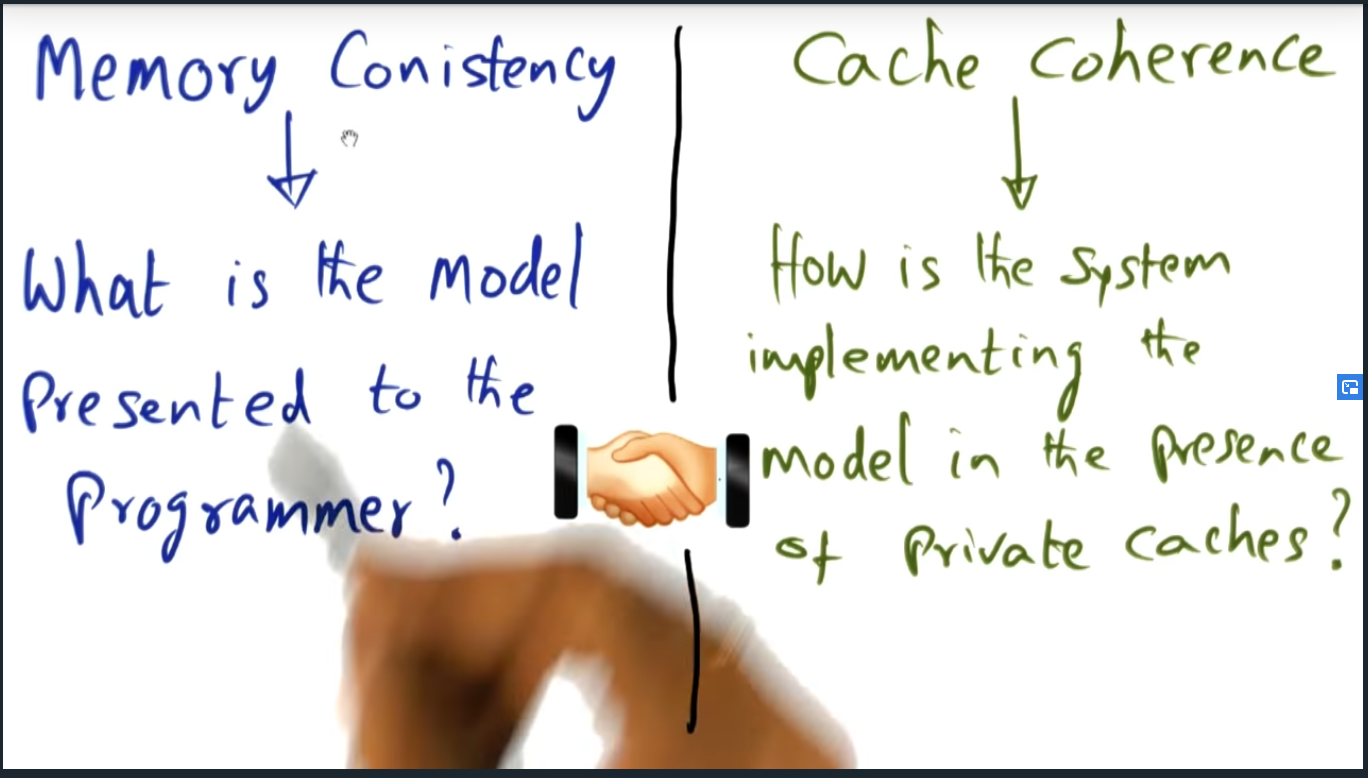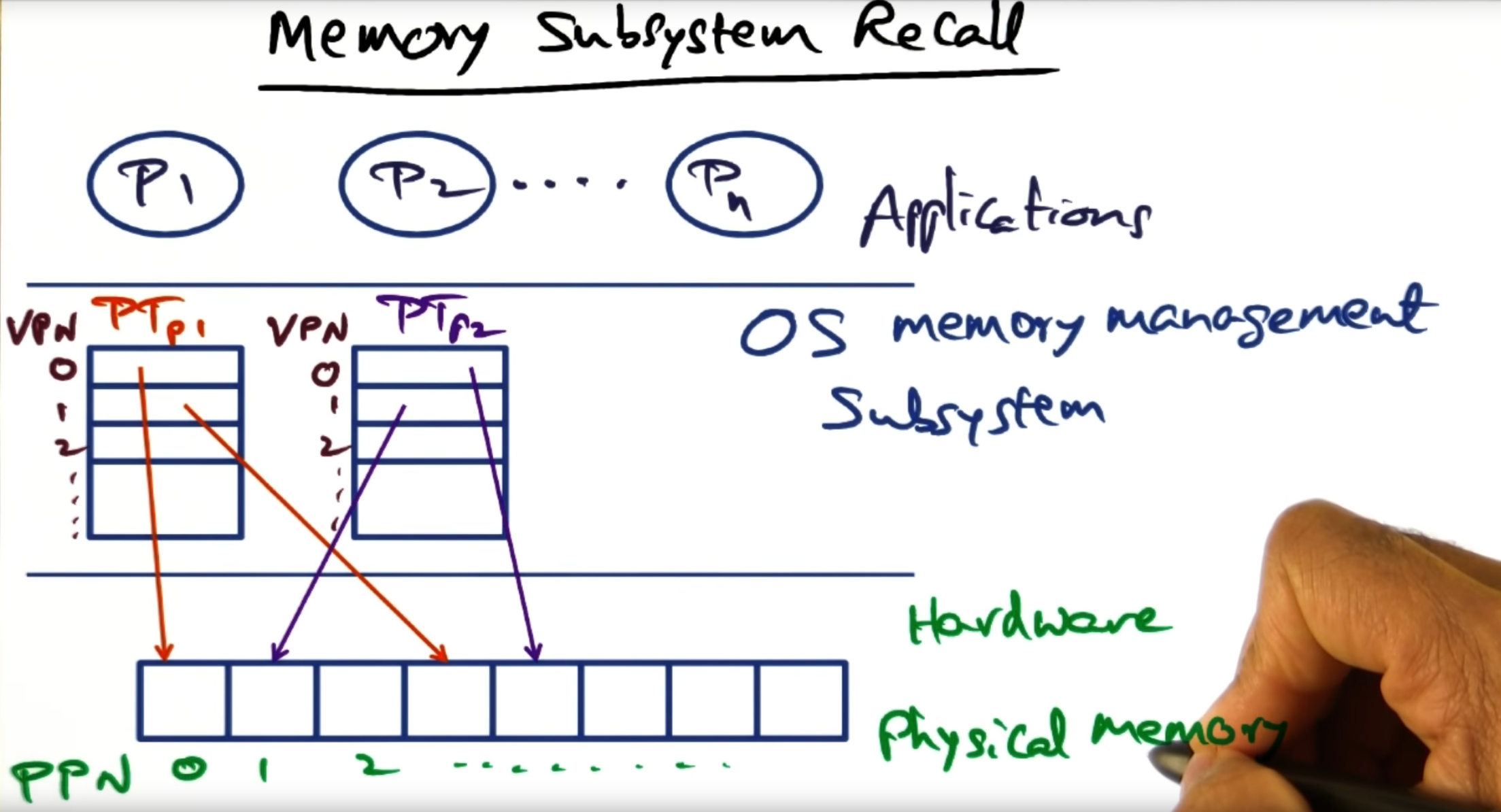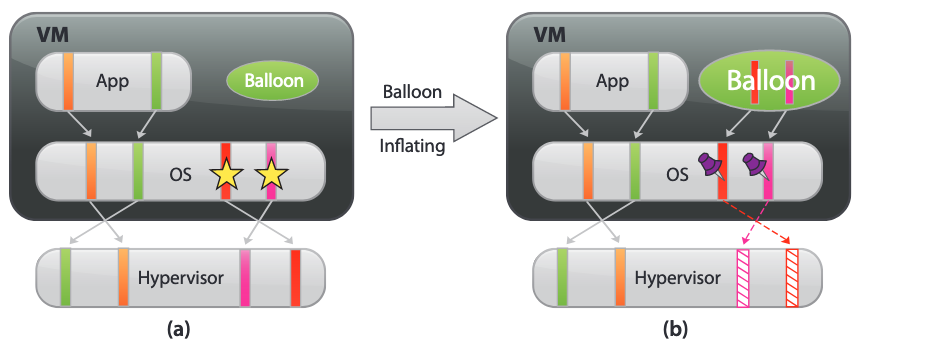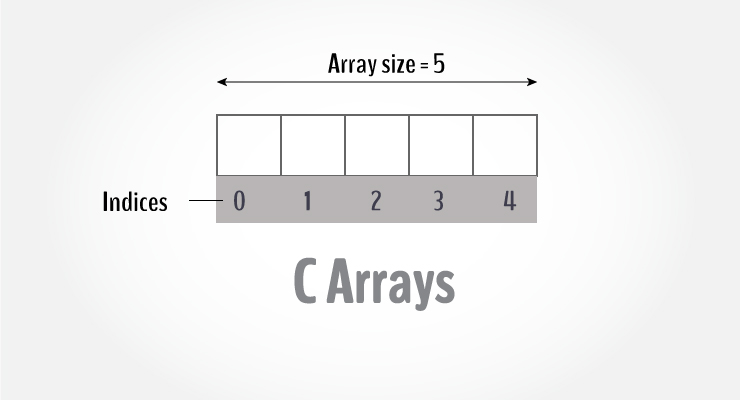Blog
-
My weekly review that normally takes place first thing in the morning on Sundays was completely derailed this time around, all because I could find the URL to a website that I had sworn I bookmarked for my wife’s birthday present. I ended up coughing up two hours of searching: searching directly on Reddit’s website…
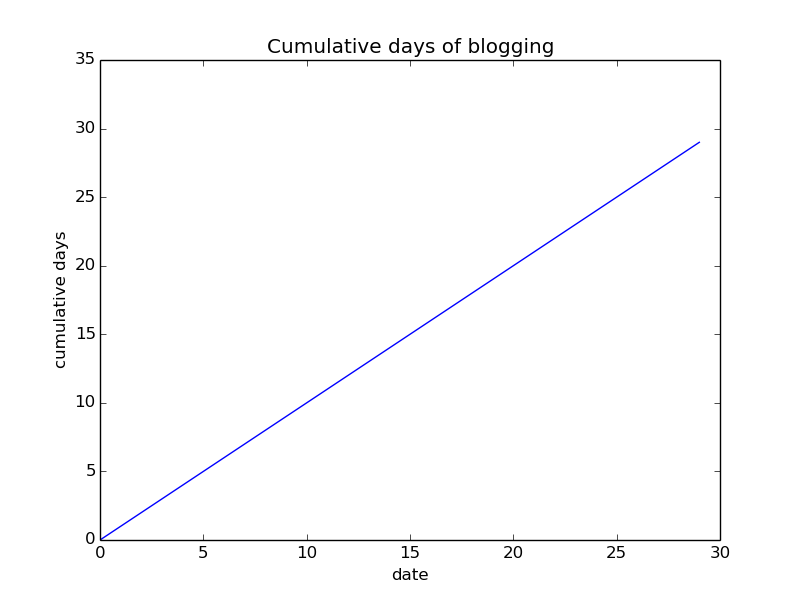
-
Yesterday was September 11. On this day, every year, Americans grieve and we are all reminded of the unforgettable day back in 2001 when the New York twin towers collapsed to the ground after being struck by the hijacked planes. I sure remember the day. I was about 12 years old at the time and…

-
This post is a continuation of virtualization. In the previous post, I talked about memory virtualization. This post instead discusses CPU and device virtualization. Ultimately, as system designers, one of our chief aims is to provide an illusion to the underlying guest operating systems that they each individually won the underlying hardware, the CPU and…

-
We often talk about work life balance, separating the two major parts of our lives. On some level, I agree with the philosophy, believe that work is work and life is life. But at least for me, what happens at work bleeds into my personal life, and vice versa. When I have a shitty day…
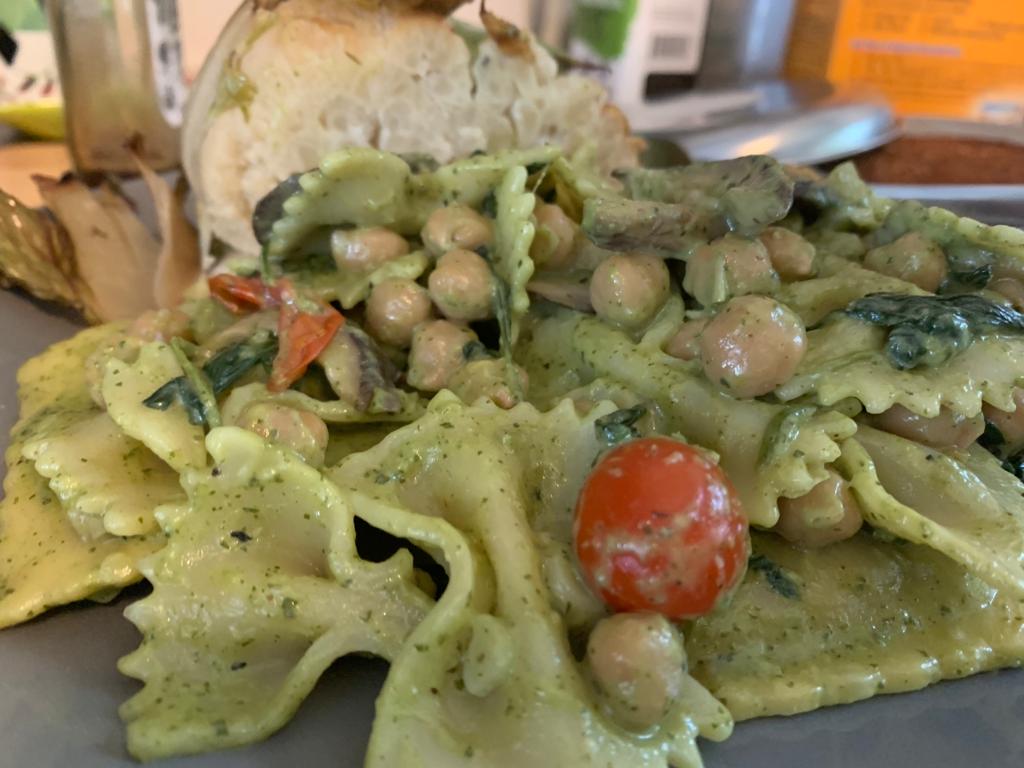
-
After freeing a spider into the front yard, I noticed that the coffee mug (in which I trapped the spider in) was decorated with a beautiful web that the spider must’ve spun overnight. Almost every other day, I spot a spider dancing across the white walls of my bedroom. Instead of squishing them to death…

